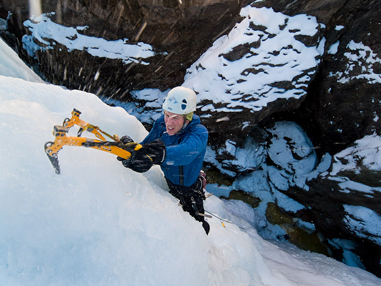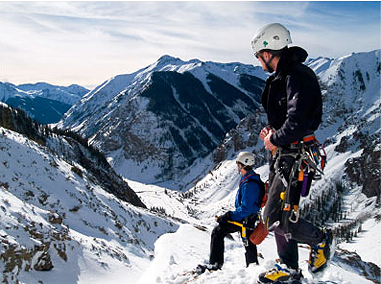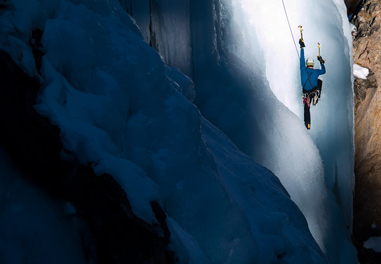Winter Photography: 10 Tips
By JAY KINGHORN
Winter is a fantastic time for photography. The crowds are thin, the air is clear and the sun is low in the sky, making the good light better for longer. Here are a few tips I’ve gathered from years of shooting in the wintery Rocky Mountains.
1. Keep Your Camera Cold
It may be tempting to warm the camera’s batteries by putting the entire camera inside your jacket. Don’t. The warmth of the jacket combined with the humidity inside will fog your lenses and viewfinder as soon as they are again exposed to the cold. The same holds true for entering a ski lodge, warm tent or toasty car. If you keep your camera cold, the lens will stay fog-free and ready to use.
2. Bring Extra Batteries
Nothing kills your ability to photograph a winter wonderland faster than a dead battery. Cold saps power from batteries much faster than warm weather. To ensure you can shoot uninterrupted, keep a second battery in a jacket pocket, close to your body. As the battery in your camera begins to wane, swap the cold battery with the warm one from your jacket. As the cold battery re-warms next to your body, the power will return allowing you to continue shooting.

photo by Jay Kinghorn
3. Know Your Camera
Quick quiz. Without looking at your camera. What are the steps you need to take to change your camera’s ISO sensitivity? Spend extra time becoming familiar with all the controls on your camera at home, where it’s nice and warm, before venturing out into the cold. In extreme situations, when you’re using heavy gloves, it can be difficult to adjust your camera’s settings. Knowing where all your camera’s controls are located helps you work quickly should you need to take off your gloves to make an adjustment.
4. Check Your Histogram
A bright, sunny day on the slopes is among the most difficult scenarios for judging exposure. The glare reflected off the white snow and the deep shadows in the trees can easily fool the camera’s built in meter. Check your camera’s histogram to make sure you aren’t losing bright highlight or extreme shadow detail. A histogram is a simple graph showing the shadow areas on the left, the midtones in the middle and highlights on the right. What’s most important is to check to make sure there isn’t a cliff on either edge of the graph. A cliff indicates that detail in either the highlight (right side) or shadows (left site) have been lost. If you see a cliff on either end of the histogram, use your Exposure Compensation to correct your exposure and take another shot.
5. Photographing in Bad Weather
Photographing in inclement weather, or just as the weather changes adds ambiance, texture and intrigue to your photos. Often, photographing on the cusp of a storm, either just as it approaches, or as the storm is breaking yields interesting light perfect for dramatic photos.










